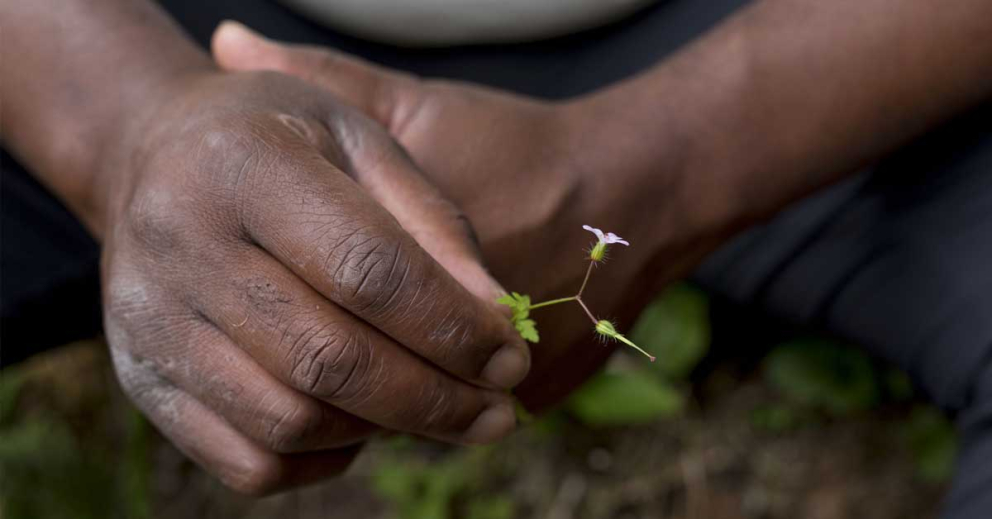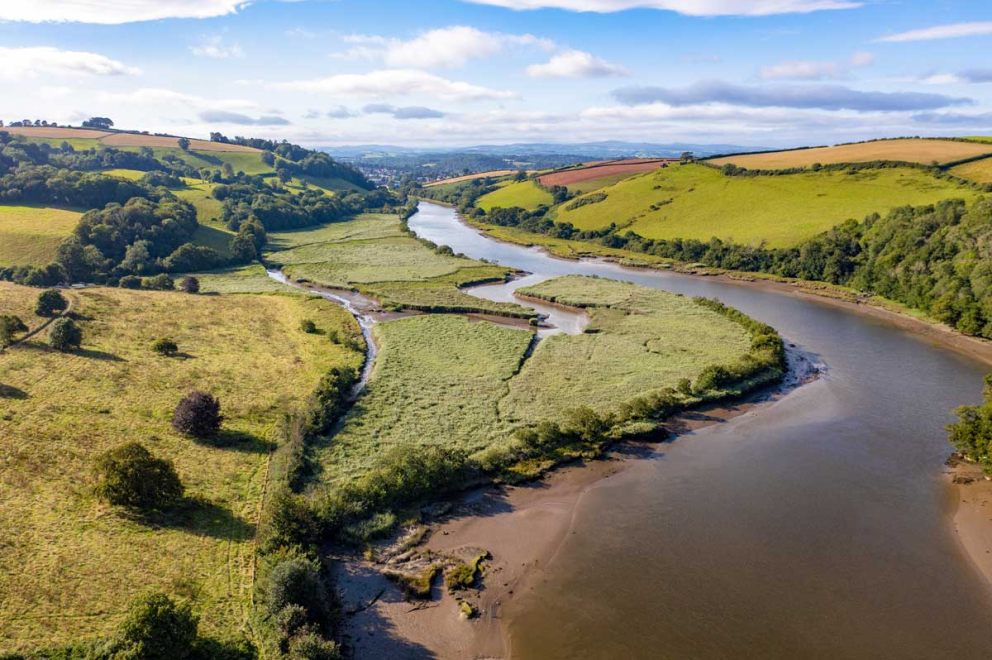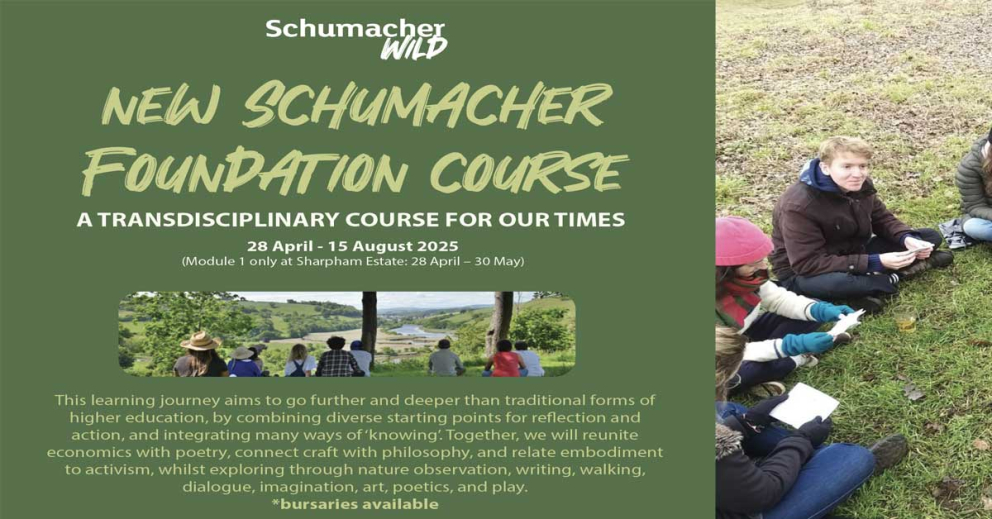Recipe: Wild Garlic Pesto

A pungent seasonal (and vegan!) pesto from Brigit-Anna McNeill
The smell of wild garlic in the woods right now is just divine. The leaves squeak under my feet and the air smells of life.
On a walk through Sharpham's Great Wood I delighted in filling my basket with beautiful wild garlic leaves and potent nettles.
I love making pesto with wild garlic, nettles and seeds, pounding it all together in a heavy pestle and mortar in Sharpham's Woodland Campsite kitchen, with foraging groups, or whizzing it up in a blender at home.
Pesto doesn’t have to be just on pasta, you can mix it in a beautiful risotto along with other wild greens and lemon juice, add it to soups, use as a veggie burger relish or put onto pizza.
There is so much you can do with wild garlic and you can eat it all - leaves, roots, buds and flowers. For some people the intense hit of garlic is too much. For myself? I just love it!
I love the flavour and the smell - it just smells of health and vibrancy!
If it is too much for you I would recommend cooking it as this immediately softens the flavour and mellows it out to a soft background lull.
Wild garlic is such a beneficial plant to have in your diet as it helps to cleanse the blood, ward off infections and boost the immune system.
I like to try and find subtle and easy ways in which I can have it every day throughout the Spring.
Such as making a vinegar with it or an oil that I can add to meals every day.











